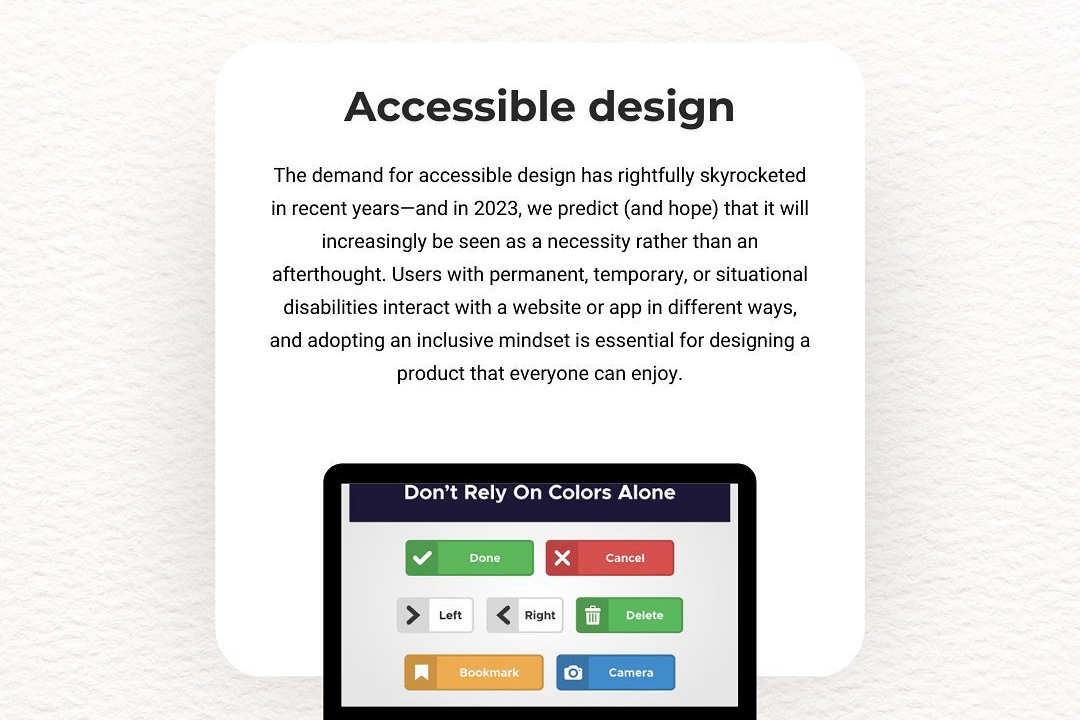Ios application scalability techniques
Enhancing Scalability in iOS Applications: Techniques and Best Practices
Ios application scalability techniques
iOS application scalability techniques involve optimizing both the app's architecture and its backend to handle increased user demand and data growth efficiently. Key approaches include adopting a modular design to facilitate updates and maintenance, implementing asynchronous programming to enhance responsiveness, and utilizing caching mechanisms to reduce data retrieval times. Employing a robust backend infrastructure, such as cloud services with auto-scaling capabilities, ensures that server resources adjust dynamically to user load. Additionally, integrating analytics tools helps monitor performance and usage patterns, allowing developers to make data-driven decisions to enhance scalability. Utilizing frameworks like Combine or Swift concurrency can also improve task management and resource allocation, ultimately leading to a more resilient and efficient application.
To Download Our Brochure: https://www.justacademy.co/download-brochure-for-free
Message us for more information: +91 9987184296
1 - Design Patterns: Implement design patterns such as MVC, MVVM, or VIPER to create a flexible and maintainable architecture, which can be scaled as the application grows.
2) Modularization: Break down the app into smaller, independent modules or frameworks. This separation allows teams to work concurrently on different parts of the app and makes it easier to manage dependencies.
3) Concurrency Management: Use Grand Central Dispatch (GCD) and Operation Queues to efficiently manage concurrent tasks and perform background operations without blocking the main thread.
4) CocoaPods and Swift Package Manager: Utilize dependency management tools to incorporate third party libraries effectively, making it easier to update and scale functionality without significant overhead.
5) API Versioning: Implement versioning for APIs to ensure backward compatibility when new features are added. This approach allows different versions of the API to coexist without impacting existing clients.
6) Remote Configurations: Use remote configuration tools (e.g., Firebase Remote Config) to manage features and settings on the server side. This allows for dynamic updates without requiring a new app deployment.
7) Data Caching: Use caching strategies (e.g., NSCache, Core Data, or local databases) to store frequently accessed data. This improves performance and reduces the load on servers.
8) Load Balancing: Implement backend load balancers to manage traffic effectively. It distributes client requests across multiple servers to ensure responsive and stable application performance.
9) Cloud Services: Leverage cloud infrastructure (like AWS, Azure, or Google Cloud) for storage, processing, and other resources. This approach allows the app to scale horizontally as user demand increases.
10) Asynchronous Programming: Utilize asynchronous programming patterns (e.g., Swift’s async/await) to handle long running tasks efficiently, preventing UI freeze and improving responsiveness.
11) Feature Flags: Implement feature toggles to control the rollout of new features. This allows for gradual releases, A/B testing, and easier rollback in case of issues.
12) Analytics and Monitoring: Incorporate analytics and monitoring tools (e.g., Firebase Analytics, Crashlytics) to track performance and user behavior, allowing for data driven decisions on scaling features.
13) Robust Testing: Establish a solid testing framework, including unit tests, UI tests, and integration tests, to ensure code quality and stability as the application scales.
14) Continuous Integration/Continuous Deployment (CI/CD): Set up CI/CD pipelines for automated testing and deployment. This method ensures rapid updates and a consistent delivery of features, which is essential for scaling.
15) User Authentication and Authorization: Implement secure user authentication mechanisms (e.g., OAuth, JWT) that can scale as the user base grows. This aspect is critical for managing user data securely and efficiently.
16) Microservices Architecture: If applicable, divide backend services into microservices, allowing the backend to scale independently as per different functional requirements.
17) Progressive Loading: Implement features such as lazy loading of images and other resources to reduce initial load time and enhance user experience, especially in content heavy applications.
This structure provides a comprehensive overview of the essential scalability techniques that students can learn to create scalable iOS applications.
Browse our course links : https://www.justacademy.co/all-courses
To Join our FREE DEMO Session: Click Here
Contact Us for more info:
- Message us on Whatsapp: +91 9987184296
- Email id: info@justacademy.co
Networking Events For Developers












